Anxiety and The Fear of Losing Yourself
I used to be afraid of my feelings. I would be caught up in fearful anxiousness to the point of severe panic attacks. I was also afraid of going into an attack. What if I didn't come out? What if I never feel good again? I thought that I was somehow broken and wrong.
I have found in practice that this is a fairly common misunderstanding of how feelings and thoughts work in our body-mind. Many people experience this. I can tell you it's no fun.
I came across this piece of writing by Jeff Foster recently and found that it encapsulated this phenomenon better than I've heard before and gives lovely direction as to the question everyone asks which is "What do I do about it?".
"I Cannot Lose Myself" by Jeff Foster, author and poet
I used to be terrified of feelings, my own feelings and the feelings of others.
I believed that if I went too deeply into feelings, if I let them exist for too long in me, if I allowed them to live in my body, I would go mad, or I would be destroyed by them somehow. Or they would never leave, and I would get “stuck” in them forever, sucked into their dark heart, no way out.
I feared “losing myself” in feelings.
I feared my own fear. I had anxiety about having anxiety. I was angry with my own anger. Like many, I believed that I had dark, sinful, dangerous energies inside of me, and that I had to avoid these ‘demons’ at all costs. This was all a child’s superstition, of course, totally reasonable conclusions for an innocent child to make.
But as I stepped into presence, into my adult and out of my trauma, I came to realise that ALL feelings are safe, even the super intense ones. They come and go in the body. They are not permanent, and they just want to be felt, blessed, loved, offered safe passage, and move on.
I did not have to fear or resist my feelings any longer, even the intense and uncomfortable ones. I could just relax, breathe, open, surrender, trust, and let them pass through.
I cannot lose myself for I am present even at the heart of loss.
With Love
Dr. Sara





